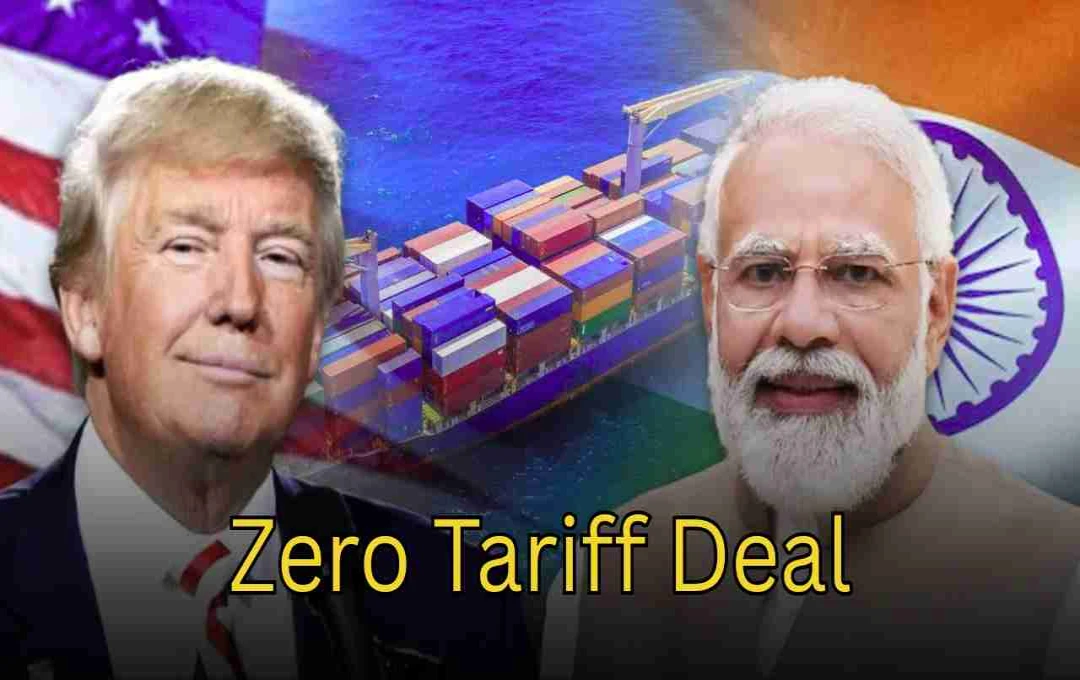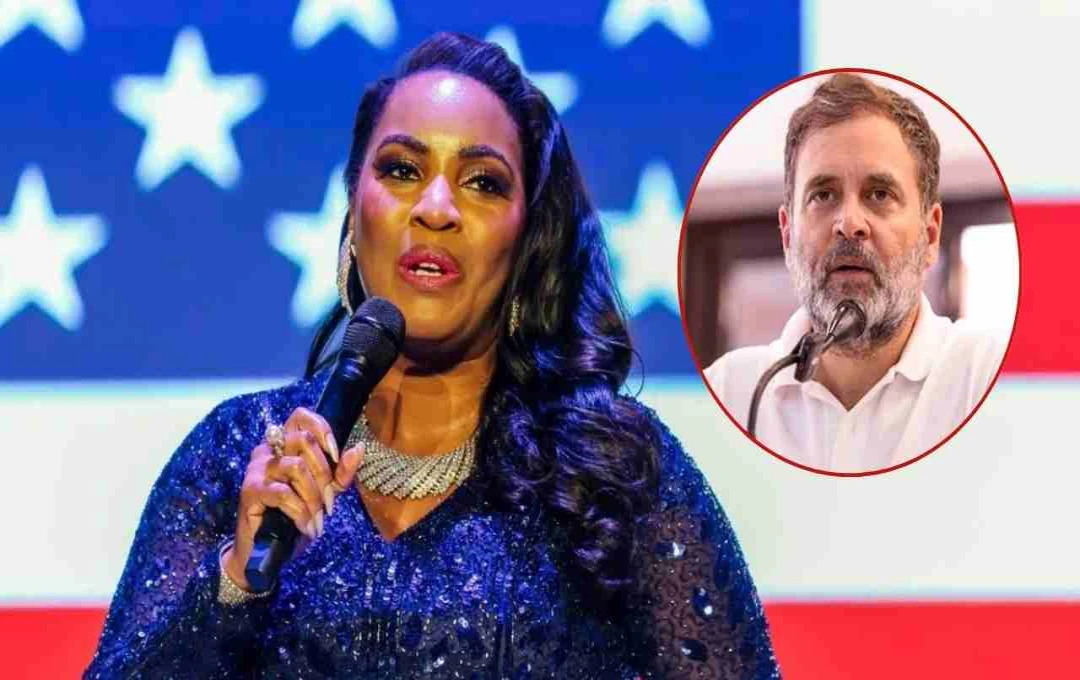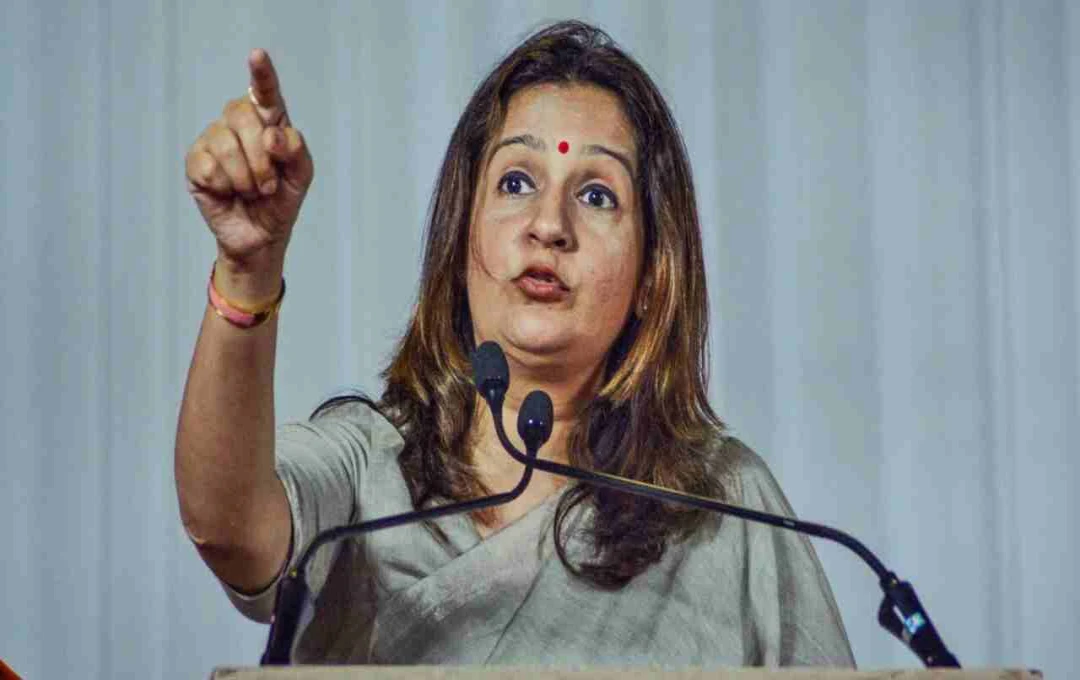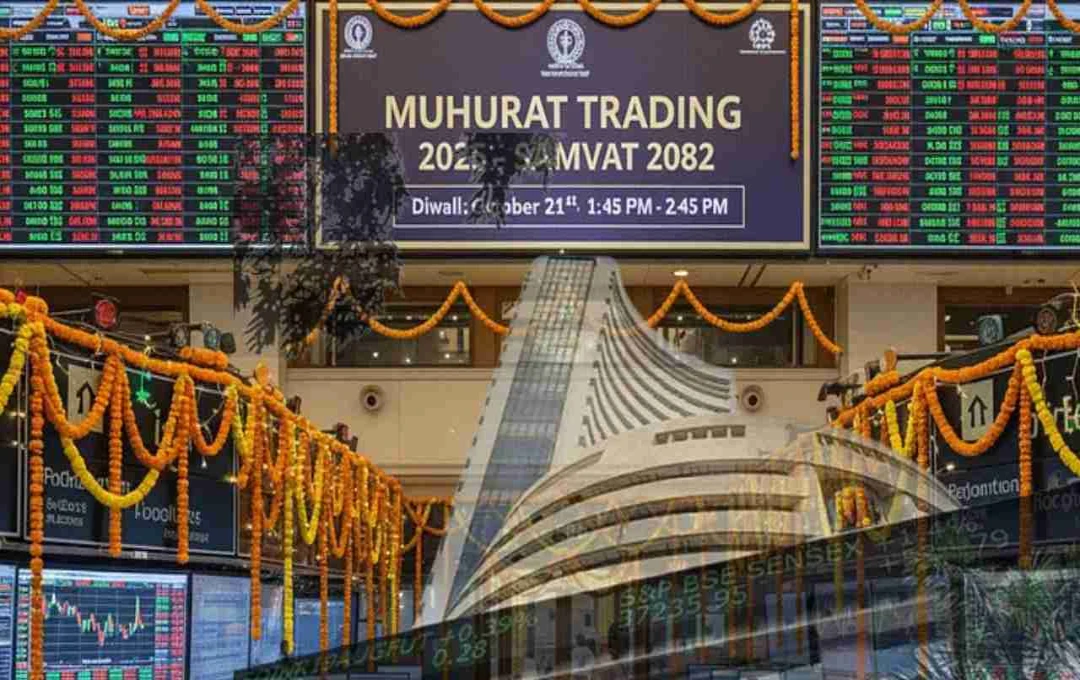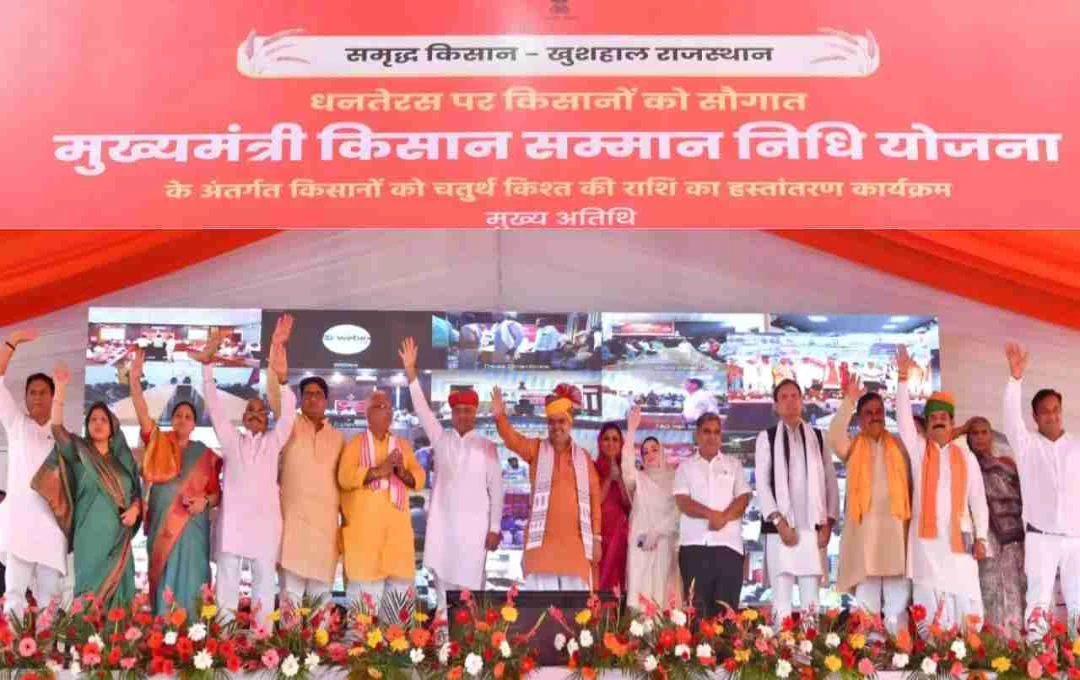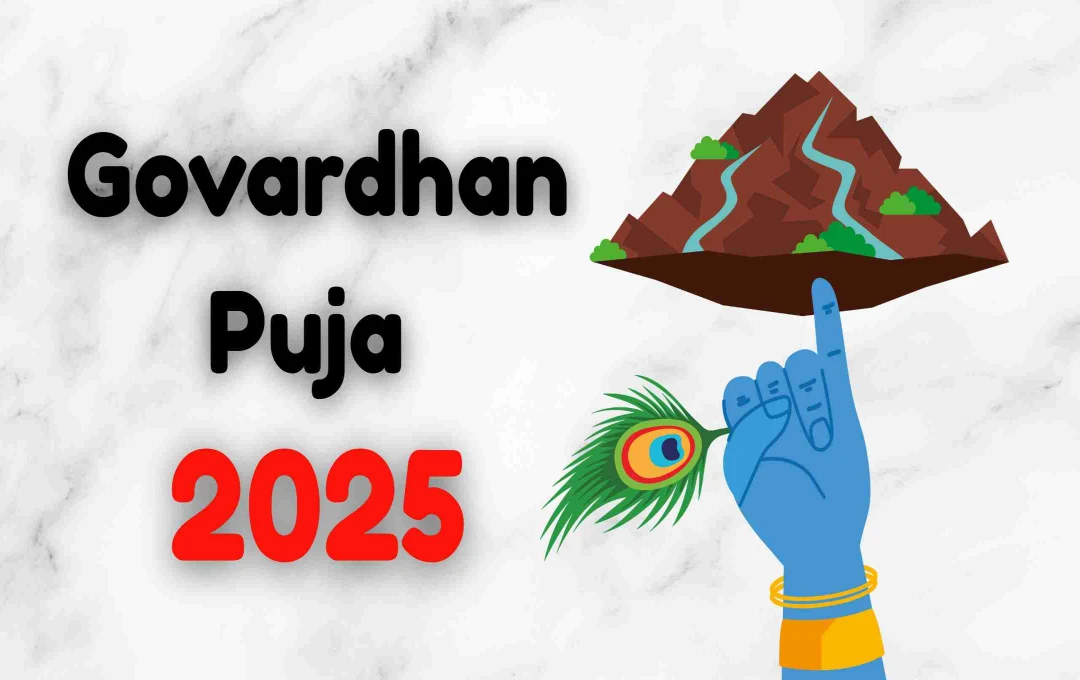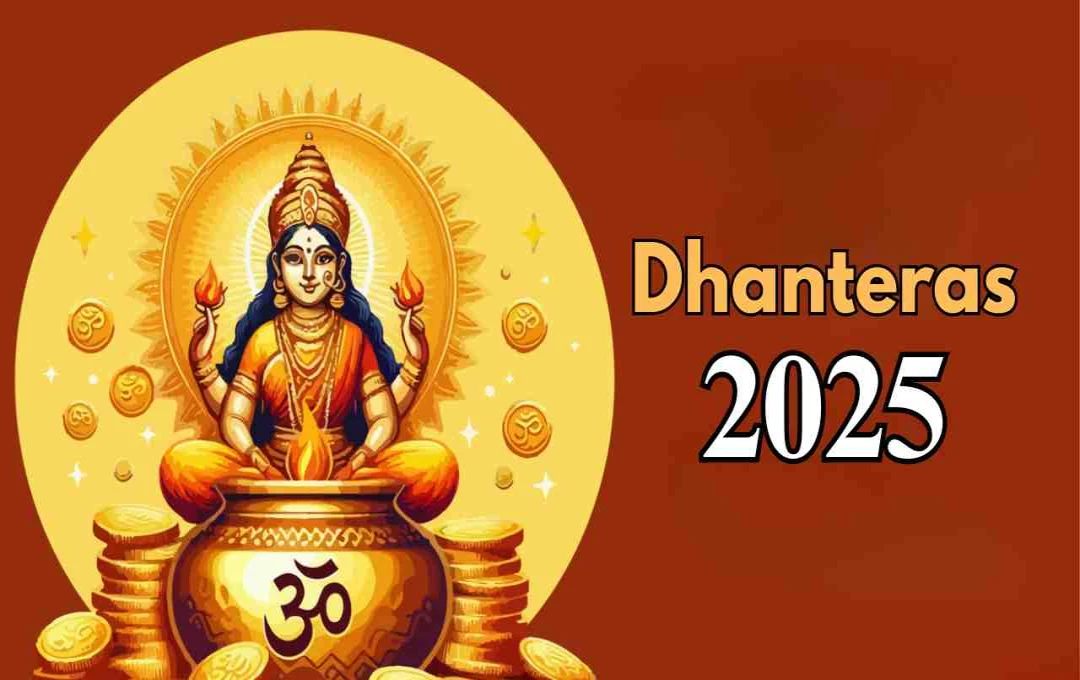U.S. President Donald Trump is once again in the headlines for his strict trade policies. His 'Zero Tariff Deal' with Indonesia is now the center of discussion. In this deal, the U.S. gains access to the Indonesian market without any taxes, while Indonesia has to pay a 19 percent tax on its exports. Now, similar deal signals have been given for India as well.
Indonesia bowed down and signed the deal
In this deal by the Trump administration, Indonesia had to make major purchases in several sectors. It has promised to buy $15 billion worth of energy products, 50 Boeing jets, and $4.5 billion worth of agricultural products from the U.S. Additionally, Indonesian companies will now have to pay a 19 percent tariff to export to the American textile market, whereas this tax was previously 10 percent.
Trump threatened Indonesia with a 32 percent tariff in April, but after negotiations, the matter was resolved at 19 percent. This clearly indicates that the U.S. policy is to pressure and secure beneficial agreements for itself.
A strict deal could be made with India as well
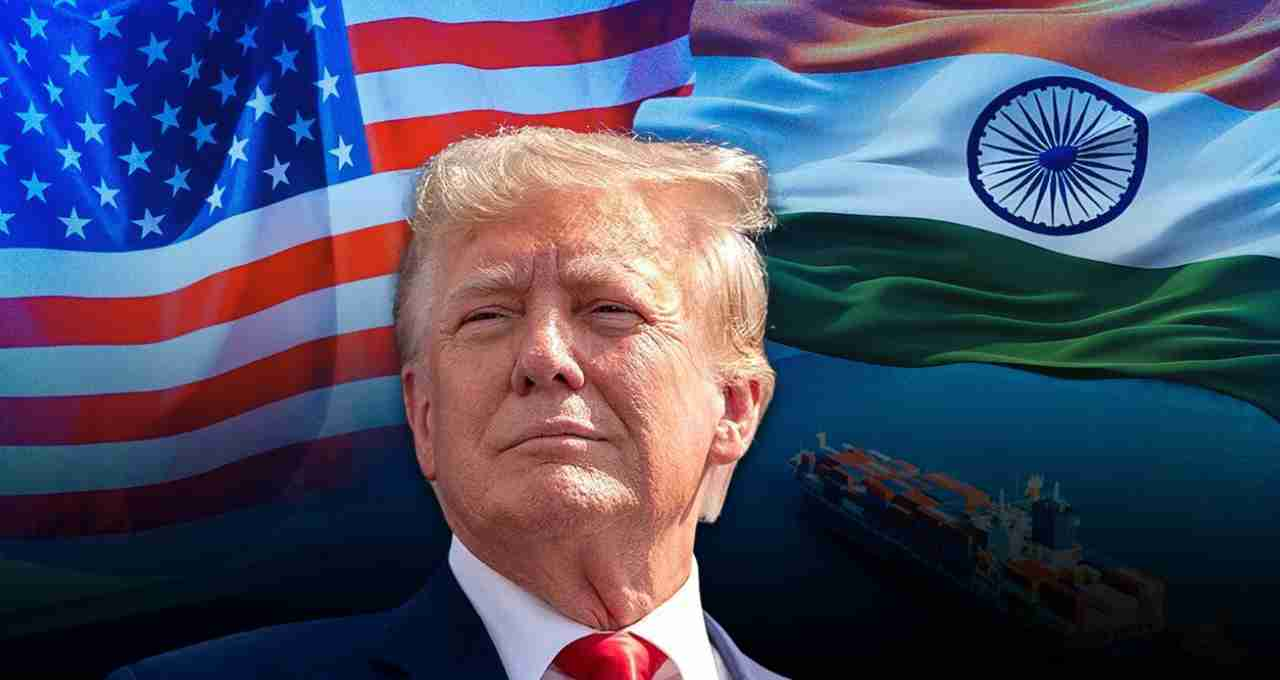
Now, the focus is on the ongoing trade talks between India and the U.S. Trump recently hinted that a similar deal is possible with India as well. He said that the U.S. has now almost gained access to Indian markets. Prior to this, India has reduced tariffs on several U.S. products, which has increased the possibilities of a deal.
The U.S. plans to create more space for its products in markets like India and wants access to the Indian market with tariff exemptions for this purpose.
What is the purpose of the Zero Tariff Deal?
The Trump administration's 'Zero Tariff Deal' is essentially a one-sided agreement. In this, the U.S. wants full access to another country's market, but it imposes tariffs in its own country. In the deal with Indonesia, it was clearly seen that no tax would be levied on American products, but a 19 percent tax would be imposed on Indonesian goods.
Its purpose is to reduce the U.S. trade deficit and benefit American companies globally.
Both a challenge and an opportunity for India
For Indian industries, this policy of Trump's poses a threat on one hand, while some sectors could also benefit. According to a State Bank report, Indian companies can get a better chance to compete in the American market due to heavy tariffs imposed on countries like Indonesia, Myanmar, and Bangladesh.
India can get an opportunity to increase exports in sectors like textiles, chemicals, and footwear, provided India protects its interests in negotiations with the U.S.
Diplomacy and bargaining continue
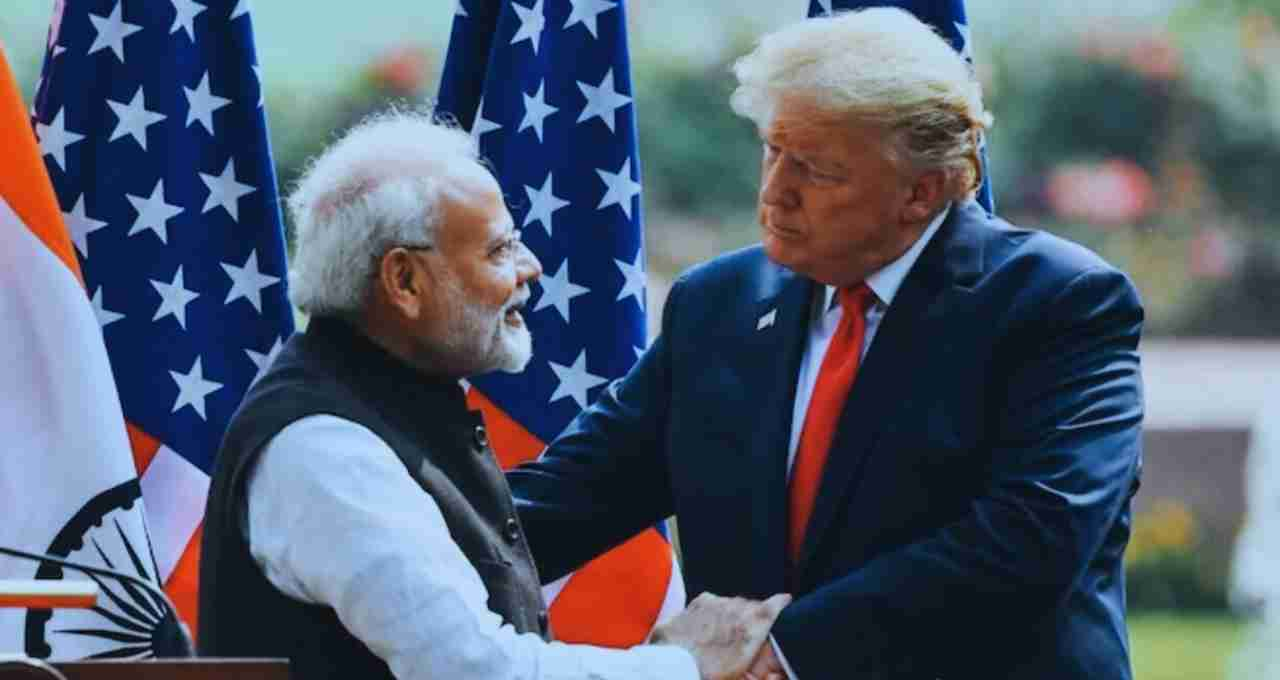
Indian officials are engaged in discussions with the U.S. regarding this deal. Considering the current situation, India is trying to show some leniency in tariffs on agricultural products, but protect its interests in sectors like dairy, automobiles, pharmaceuticals, and electronics.
India's strategy is also to give American companies some access to the Indian market in exchange for partial tariff exemptions, but to protect its industries from losses.
Hope of increasing share in the American market
If India makes such an agreement with the U.S. in which tariffs are set between 15 to 20 percent, it can be in a better position compared to countries like Myanmar and Bangladesh. This will give Indian products a competitive advantage in the American market.
However, it is also certain that if the U.S. is allowed zero tariffs in India, domestic companies in sectors like FMCG and dairy will face heavy competition.
August deadline and pressure strategy
President Trump has set an August 1st deadline for implementing tariffs in the U.S. That is, India does not have much time to make a deal or clarify its stance.
This strategy of Trump's is considered a policy of trade pressure, in which he sets deadlines for deals and persuades countries to agree to his preferred terms.
The whole world is watching Trump's policies
This trade model of Donald Trump is not limited to just India or Indonesia. He has also adopted a similar tariff war strategy with countries like China, Canada, Mexico, and the European Union. He claims that this is benefiting the U.S. and has reduced the trade deficit.
